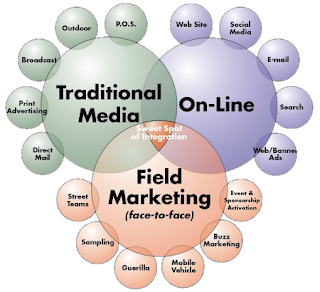Dos and Don’ts of Exhibition
DOs
·
Check the other participants.
This will give you a fair idea about both the competition you are going to have
and whether it is the right exhibition for you. If your competitor who caters
to similar target audience and similar segment, it’s the right exhibition for
you.
·
Work on literature. In most
cases, even if there may not be hot leads, but your literature (brochures,
catalogue, CDs, visiting cards) create a comeback point which will help when
any prospective consumer decides to get in touch with you. If possible, have
three sets of literature: leaflets for casual visitors, brochures/catalogues
for hot leads/post-conversation callouts, possibly with CDs.
·
Have the best of your staff on
the ground. In case of international exhibitions, it is crucial to have English
speaking middle or higher level staff to communicate with visitors. If
exhibition is in non-English speaking country, do emphasise on either staff
with capabilities in local language or translators.
DON’Ts
·
Assume. It is essential to keep
an eye out on smallest details of the process. Most of the times, the agency
will work towards setting up stalls and providing supplementary facilities, but
it is important to stay in loop as it not only keep you updated but also give
you enough time in case any complications arise.
·
Take the importance of the
smallest elements lightly. Exhibitions are very unique in terms of the little
interaction time and it’s a one-time interface. Many exhibitors take elements
like lighting, literature, stalls, staff lightly which ultimately harm the
overall image of the brand, on a platform where success or failure of the
activity is depended on one-time brief interaction with prospective consumers.













